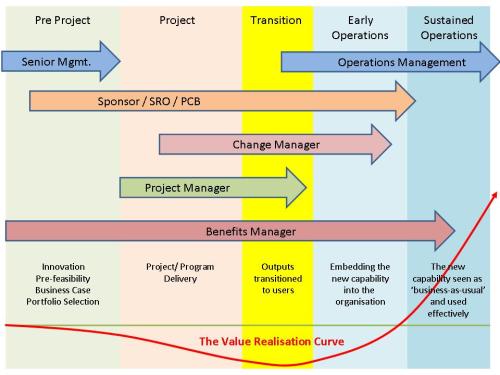In a number of blog posts and White Papers we have argued that:
- Governance and Management are separate systems and have separate functions
- Governance is the exclusive responsibility of the ‘governing board’ of the organisation
- The three functions within any organisation are:
- the governance functions that establish the objectives for the organisation;
- the management functions that direct and organise the work needed to achieve the objectives; and
- the productive functions performed by workers to create the knowledge or products required to fulfil the objectives.
- PPP Governance is an integral part of organisational governance (not something separate)
These systems and functions are discussed in depth in WP1084 – Governance Systems & Management Systems and two linked White Papers on Corporate Governance and PPP Governance.
In my last post I looked at the communication challenges faced by the governing board, this post looks at the unique outputs created by the governance system.
As a starting point for the discussion, if governance and management are different systems, they should have different functions creating different outputs. We believe this is the case.
The functions of management were defined by Henri Fayol’s (1841 – 1925) in his general theory of business administration as:
- Forecasting.
- Planning.
- Organising.
- Commanding.
- Coordinating.
- Controlling.
Inherent in these functions are decision making and the primary output from management can be defined as information and instructions that have to be communicated to others. The communication is firstly to the workers so they understand what has to be produced, where and when; secondly to the governing body to provide assurance that the right decisions have been made and the right things are being produced in the right ways applying the organisation’s policy framework correctly.
The governance system operates at a higher level and is responsible for governing the organisation to create sustainable success for the organisation’s owners. This is of necessity, a multi-faceted process that requires the careful balancing of different, frequently contradictory, objectives from different stakeholder groups.
The governance function has two key aspects; the first is deciding what the organisation should be and how it should function. These governance decisions are communicated to management for implementation and the primary outputs from this part of the governance system are:
- The strategic objectives of the organisation framed within its mission, values and ethical framework.
- The policy framework the organisation is expected to operate within.
- The appointment of key managers to manage the organisation.
These aspects are best developed using a principle-based approach that recognises and encourages entrepreneurial responses from all levels of management.
The second aspect of the governance system is oversight and assurance. The governing body should pro-actively seek assurance from its management that the strategic objectives and policies are being correctly achieved or implemented. The assurance and oversight functions include:
- Agreeing the organisations current strategic plan (in conjunction with executive management). The strategic plan describes how the strategic objectives will be achieved.
- Suggesting or approving changes to the strategic plan to respond to changing circumstances.
- Requiring effective assurance from management that the organisations policy framework is being adhered to.
- Requiring effective assurance from management that the organisations resources are being used as efficiently as practical in pursuit of its strategic objectives.
- Communicating the relevant elements of the assurances received from management to appropriate external stakeholders.
- Assurance to the organisation’s owners the strategy and policies are being adhered to by management and the organisation as a whole.
- Assurance to a wider stakeholder community (including regulatory authorities) the organisation is operating properly.
As my previous post suggested, the governance communication challenges are significant! However, by clearly defining the different roles of governance and management the functioning of an organisation will be enhanced, and the communication challenges will be reduced.


